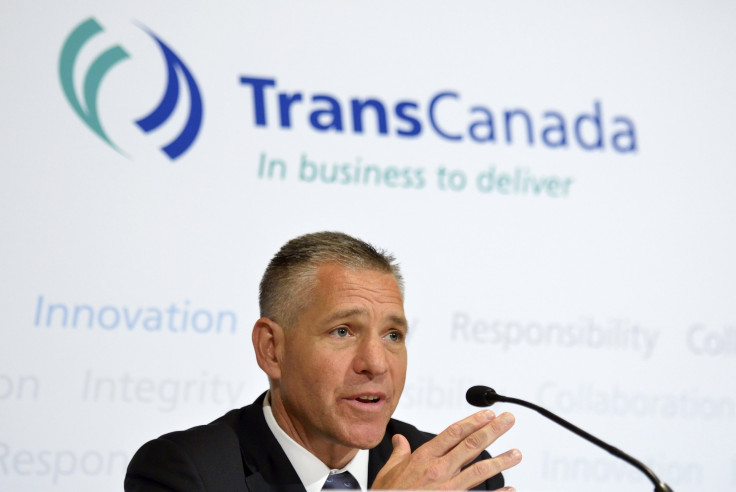TransCanada CEO Says Keystone XL Pipeline Price Tag Could Double As Obama Administration Delays Approval

The Keystone XL pipeline’s price tag could double by the time the Obama administration wraps up its review of the cross-border conduit, the Wall Street Journal reported Thursday. The proposed 1,179-mile leg from Canada’s tar sands region to Nebraska is currently estimated to cost $5.4 billion to build.
Russ Girling, chief executive of TransCanada Corp., the pipeline’s operator, said he expects the project’s cost could rise to a “number that gets you into the high single digits to a 10 number,” he told the WSJ. “Obviously, the costs have increased significantly.”
If built, Keystone XL would connect to an existing segment that runs from Cushing, Oklahoma, to refineries on the Texas Gulf Coast. That 485-mile portion cost TransCanada about $2.6 billion to build.
Keystone XL proponents say the network is critical to reducing a backlog of Canadian oil and allowing tar sands development to expand. Environmentalists say the project would crank up global greenhouse gas emissions and jeopardize the safety of Midwest aquifers.
TransCanada first proposed the project on Sept. 19, 2008. But the Obama administration, which has the final word on the pipeline, still says that further review is needed to determine the full scope of the pipeline’s environmental and economic impacts. That process has stalled amid a Nebraska Supreme Court case over the pipeline’s proposed path through the state. A lower court invalidated the route earlier this year, though Nebraska Gov. Dave Heineman has appealed. A final verdict might not come until early 2015, threatening to extend the Keystone XL controversy into its seventh year.
Girling’s comments to the WSJ came days after TransCanada said the cost of building the pipeline’s leg through South Dakota had doubled to nearly $2 billion, according to a filing to the South Dakota Public Utilities Commission on Monday. The company is also seeking updated cost estimates in Nebraska and Montana. “We’ve got to complete estimates in those regions, but the direction points in terms of a double in cost,” he told the WSJ.
© Copyright IBTimes 2024. All rights reserved.











